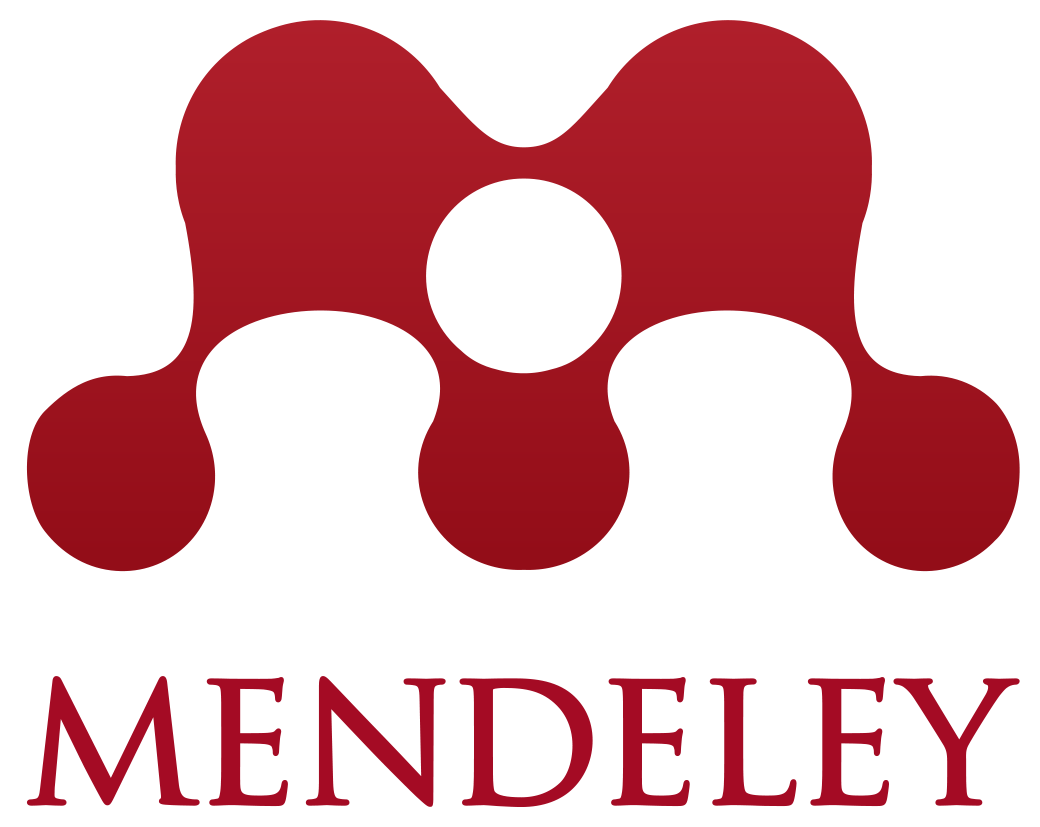PENGEMBANGAN FORMAT DOKUMENTASI ASUHAN KEPERAWATAN BERBASIS STANDARDIZED NURSING LANGUAGE (SNL) NANDA-I, NOC DAN NIC DI RUANG RAWAT INAP
Abstract
Abstract
The extent area of nursing, the number of nursing school, and the place of nursing service in Indonesia or overseas will need a nursing language classification system that is standardized (Standardized Nursing Language/SNL) to formulate nursing diagnoses, purpose, and intervention nursing. This research aims to develop documentation format based on based SNL- Nanda I, NOC and NIC in the surgical medical room. The first step is exploration documentation nursing, the second stage are test, try, and evaluation. Purposive sampling was used to obtain participants. Method collecting data used FGD, sheet of observation quality of nursing care format, and quality of documentation nursing. The first FGD involved six nurses, the second FGD involved six nursing management of hospital and 11 nurses from medical surgery room. The result was good category for all indicators (functionality 82.39; efficiency 85.80; usability 82.95) and documentation nursing care quality using SNL NANDA-I, NOC and NIC showed that all indicators was good (completeness >86.16; accuracy >90; relevance >91.36; novelty 100). Hospital needs to consider the application of documentation format using nursing language standarized with NANDA-I, NOC and NIC at all room. Nurses need to improve ability in using SNL NANDA-I, NOC and NIC appropiately.
Keywords: nursing care documentation format, NANDA-I, NOC and NIC
Abstrak
Luasnya area keperawatan dan banyaknya institusi pendidikan serta tempat pelayanan keperawatan di Indonesia maupun luar negeri, maka akan membutuhkan suatu sistem klasifikasi bahasa keperawatan yang terstandar (Standardized Nursing Language/ SNL) untuk merumuskan diagnosis keperawatan, tujuan dan intervensi keperawatan. Tujuan penelitian untuk mengembangkan format dokumentasi berdasar SNL Nanda-I, NOC dan NIC di ruang perawatan medikal medah. Tahap pertama adalah eksplorasi dokumentasi keperawatan dan tahap kedua adalah uji coba dan evaluasi. Purposive sampling digunakan dalam pemilihan partisipan. Metode pengumpulan data melalui FGD, lembar observasi mutu format asuhan keperawatan dan mutu dokumentasi keperawatan. FGD pertama melibatkan enam perawat pelaksana, FGD kedua melibatkan enam dari jajaran manajemen keperawatan RS dan 11 orang perawat dari ruang perawatan medikal bedah dalam uji coba format. Mutu format asuhan keperawatan dalam kategori baik untuk semua indikator (functionality 82,39; efficiency 85,80; usability 82,95) dan mutu dokumentasi asuhan keperawatan menggunakan SNL NANDA-I, NOC dan NIC menunjukkan semua indikator dalam kategori baik (kelengkapan >86,16; akurasi >90; relevansi >91,36; kebaruan seluruhnya 100). RS perlu mempertimbangkan penerapan format dokumentasi menggunakan bahasa standar keperawatan menurut NANDA-I, NOC dan NIC di semua ruang perawatan. Perawat perlu terus menggali kemampuan dalam menggunakan SNL NANDA-I, NOC dan NIC yang aplikatif sesuai setting pelayanannya.Kata kunci: format dokumentasi asuhan keperawatan, NANDA-I, NOC dan NIC
Downloads
Please find the rights and licenses in Mahakam Nursing Journal. By submitting the article/manuscript of the article, the author(s) agree with this policy. No specific document sign-off is required.
- License
The non-commercial use of the article will be governed by the Creative Commons Attribution license as currently displayed on Creative Commons Attribution-NonCommercial-ShareAlike 4.0 International License.
- Author(s)' Warranties
The author warrants that the article is original, written by stated author(s), has not been published before, contains no unlawful statements, does not infringe the rights of others, is subject to copyright that is vested exclusively in the author and free of any third party rights, and that any necessary written permissions to quote from other sources have been obtained by the author(s).
- User Rights
Mahakam Nursing Journal's spirit is to disseminate articles published are as free as possible. Under the Creative Commons license, Mahakam Nursing Journal (MNJ) permits users to copy, distribute, display, and perform the work for non-commercial purposes only. Users will also need to attribute authors and Mahakam Nursing Journal (MNJ) on distributing works in the journal and other media of publications.
- Rights of Authors
Authors retain all their rights to the published works, such as (but not limited to) the following rights;
- Copyright and other proprietary rights relating to the article, such as patent rights,
- The right to use the substance of the article in own future works, including lectures and books,
- The right to reproduce the article for own purposes,
- The right to self-archive the article,
- The right to enter into separate, additional contractual arrangements for the non-exclusive distribution of the article's published version (e.g., post it to an institutional repository or publish it in a book), with an acknowledgment of its initial publication in this journal (Mahakam Nursing Journal (MNJ)).
- Co-Authorship
If the article was jointly prepared by more than one author, any authors submitting the manuscript warrants that he/she has been authorized by all co-authors to be agreed on this copyright and license notice (agreement) on their behalf, and agrees to inform his/her co-authors of the terms of this policy. Mahakam Nursing Journal (MNJ) will not be held liable for anything that may arise due to the author(s) internal dispute. Mahakam Nursing Journal (MNJ) will only communicate with the corresponding author.
- Royalties
Being an open accessed journal and disseminating articles for free under the Creative Commons license term mentioned, author(s) aware that Mahakam Nursing Journal (MNJ) entitles the author(s) to no royalties or other fees.
- Miscellaneous
Mahakam Nursing Journal (MNJ) will publish the article (or have it published) in the journal if the article’s editorial process is successfully completed. Our Editors may modify the article to a style of punctuation, spelling, capitalization, referencing and usage that deems appropriate. The author acknowledges that the article may be published so that it will be publicly accessible and such access will be free of charge for the readers as mentioned in point 3.












